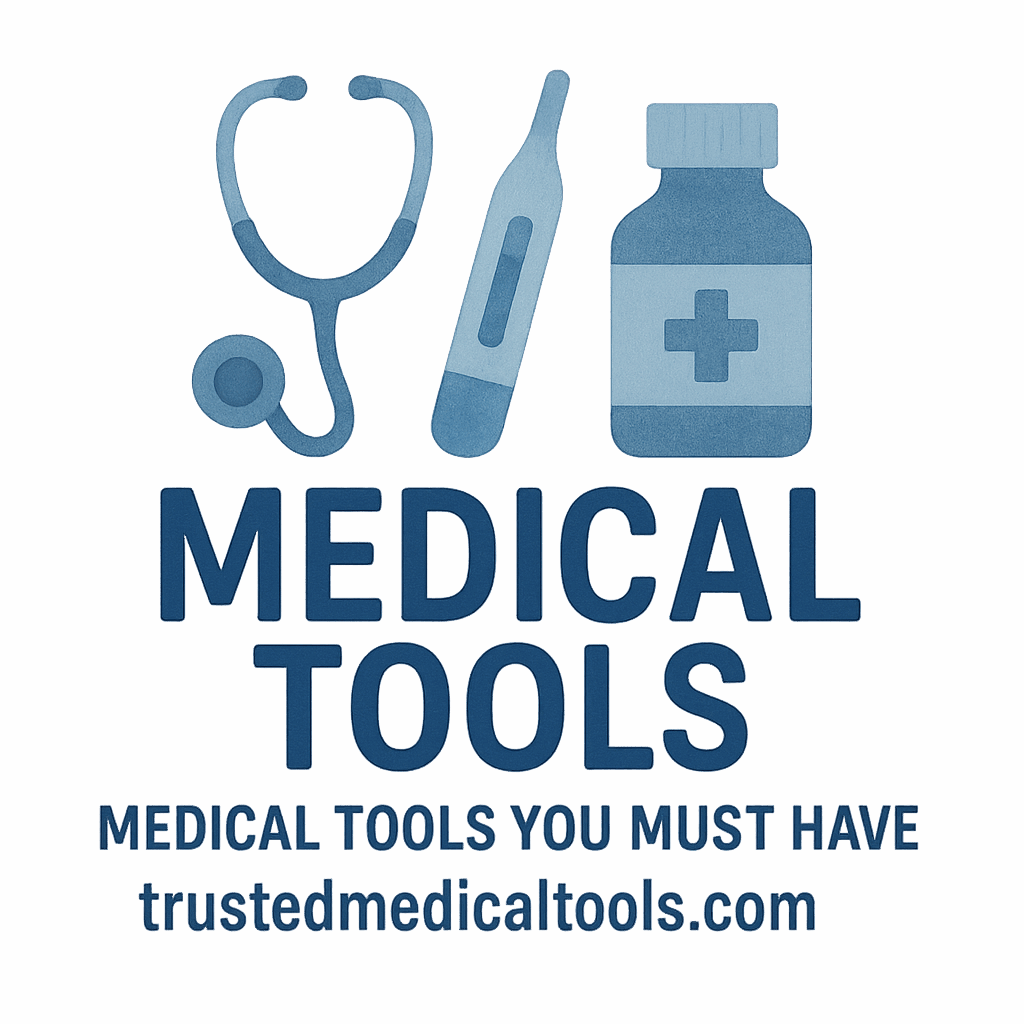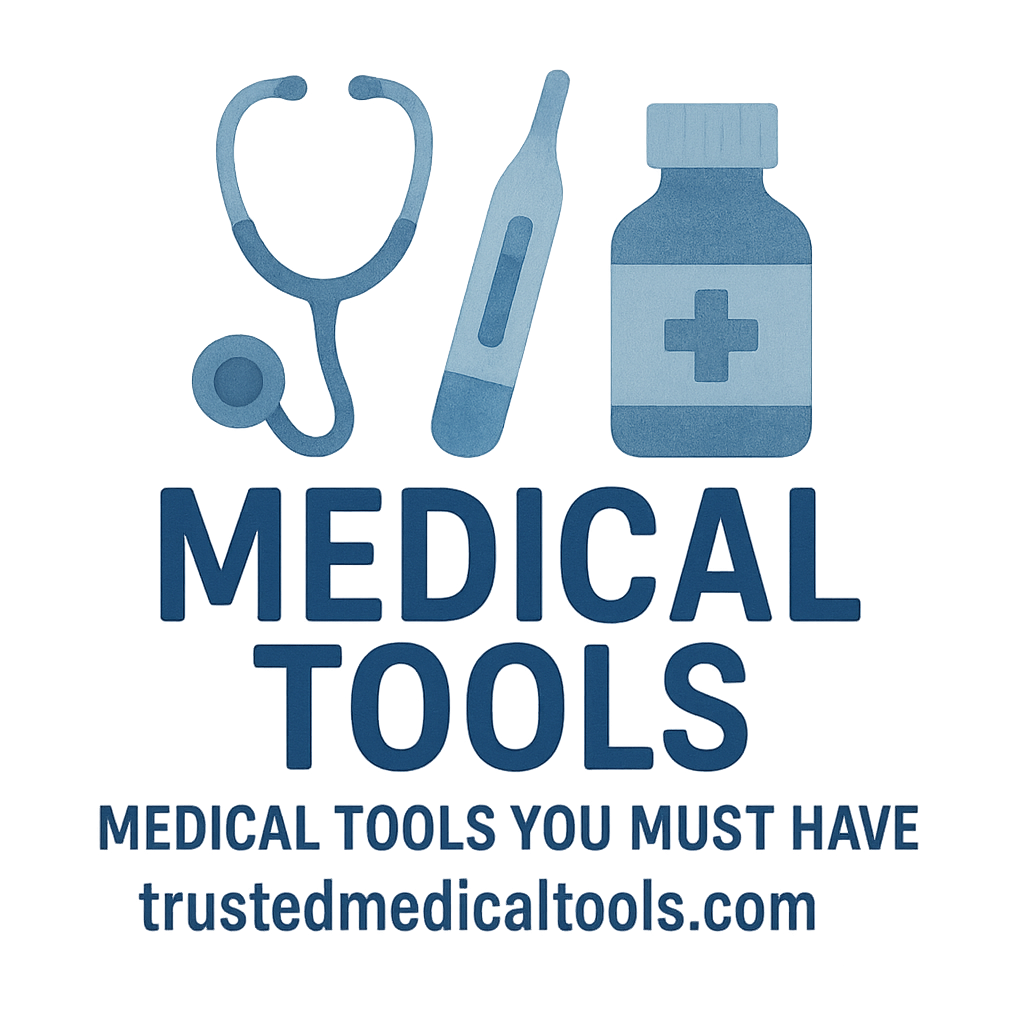Introduction: Why Pet First Aid Matters
If you’re a proud pet parent, you already know how unpredictable animals can be. One moment they’re playfully chasing their tail, and the next—they’ve stepped on a sharp object. That’s why having first aid medical tools for pet owners isn’t just a good idea; it’s an absolute must.
Whether it’s a minor scrape, a swallowed toy, or something more serious, quick action with the right tools can save your furry friend’s life. In this guide, we’re diving deep into five must-have first aid tools that every pet owner should have at home.
Understanding Pet Emergencies
Common Pet Injuries at Home
From playful tumbles to accidental cuts, pets are naturally curious and sometimes reckless. The most common pet injuries include:
- Scratches or open wounds
- Ingesting harmful items
- Tick bites
- Broken nails or bones
Signs of Pet Medical Emergencies
Be on the lookout for signs such as:
- Sudden collapse or fainting
- Heavy bleeding
- Vomiting or diarrhea
- Difficulty breathing
- Unresponsiveness
Knowing when an issue is urgent is key to quick and effective intervention.
The Importance of Being Prepared
Role of Pet Owners in Emergency Care
You are your pet’s first responder. Before any vet visit, your initial actions could prevent a situation from escalating. That’s why the tools in your home first aid kit play such a critical role.
Benefits of Having First Aid Tools Handy
- Immediate response during accidents
- Reduce the risk of infections
- Offer comfort and stability
- Save precious time in emergencies
Being prepared is one of the best gifts you can give your pet.
Tool #1: Pet-Friendly Digital Thermometer
Why You Need It
Unlike humans, pets can’t tell you when they’re running a fever. A digital thermometer specifically made for pets gives you a fast, accurate reading to know if something’s wrong.
How to Use It Safely
Insert it rectally (yes, it’s awkward, but it works!) or use a pet-specific ear thermometer for a more comfortable experience.
Tips for Accurate Temperature Readings
- Always lubricate before insertion
- Keep your pet calm and still
- Clean the thermometer after each use
Explore more about monitoring devices you can keep at home.
Tool #2: Antiseptic Wipes and Solutions
Best Types for Pets
Opt for alcohol-free, pet-safe antiseptic wipes or solutions like chlorhexidine. They prevent infections and are gentle on sensitive pet skin.
Safe Application Techniques
- Gently dab (don’t rub!) on the affected area
- Use gloves if there’s bleeding
- Avoid getting the solution into the eyes or ears
These tools are part of DIY health checks every pet parent should master.

Tool #3: Pet Bandages and Gauze Pads
How to Use for Wound Care
Pets can’t help but lick their wounds, which makes proper bandaging crucial. Use non-stick gauze pads and wrap gently but firmly.
When to Seek Veterinary Help
If the wound is deep, keeps bleeding, or shows signs of infection, don’t wait. Bandaging is temporary—always follow up with a vet.
Check out our first aid recommendations for home pet care.
Tool #4: Pet CPR Mask and Gloves
Performing Pet CPR
Yes, CPR isn’t just for humans. Having a pet-sized CPR mask can be a literal lifesaver during cardiac arrest or breathing issues.
Using Gloves in Emergency Situations
Always use safety gloves when treating wounds to protect both you and your pet.
Bonus tip: Keep a pair of doctor-approved gloves in every first aid box.
Tool #5: Tick Remover and Splinter Forceps
Why They’re Essential
Ticks and splinters are sneaky and harmful. Specialized tools let you extract them safely without leaving parts behind.
Proper Extraction Methods
- Use a tick remover to grab as close to the skin as possible
- Gently pull straight out—no twisting!
- Disinfect the area post-removal
For more home essentials like these, don’t miss our buying guide.
How to Build a Complete Pet First Aid Kit
Must-Have Items for Every Pet Owner
- Pet-safe antiseptic
- Digital thermometer
- CPR mask
- Bandages and gauze
- Tweezers and scissors
- Gloves
Customizing Based on Pet Type and Breed
Different pets have different needs. Long-haired dogs may need grooming scissors, while outdoor cats benefit from flea combs and tick removers.
Explore more at our family care section.
Trusted Sources to Buy First Aid Tools
Where Quality Meets Affordability
Don’t rely on random online sellers. For doctor-approved, easy-to-use tools, check out:
👉 TrustedMedicalTools.com – Your go-to source for vetted, reliable, and safe first aid gear for pets and families.
Also browse:
How Often Should You Check Your Pet First Aid Kit?
Maintenance and Expiration Dates
Just like your human first aid kit, your pet’s kit needs regular check-ups. Set a reminder every 6 months to:
- Replace expired medications
- Restock used items
- Sanitize reusable tools
Check out more on supplementary tools that can enhance your kit.
Training for Pet First Aid
Quick Learning Options for Pet Owners
You don’t need to be a vet to help your pet. There are great online and in-person courses that teach:
- Basic pet CPR
- How to dress wounds
- How to respond in choking situations
Search basic tools and recommendation tags for learning kits and books.
Conclusion: Stay Ready, Stay Safe
Owning a pet means signing up for unconditional love—and unexpected chaos. But with the right first aid medical tools for pet owners, you can handle emergencies with confidence.
Being proactive doesn’t just make you a better pet owner; it makes you your pet’s hero. Stock up, stay prepared, and always keep your pet’s health a top priority.
FAQs
1. What should a basic pet first aid kit include?
It should include a digital thermometer, antiseptic wipes, bandages, a CPR mask, gloves, and a tick remover.
2. Can I use human first aid supplies on my pet?
Not always. Many human products aren’t safe for animals. Always use pet-approved tools.
3. Where can I buy a ready-made pet first aid kit?
Check out TrustedMedicalTools.com for reliable and vetted options.
4. How do I safely remove a tick from my dog?
Use a tick remover to grasp close to the skin, pull straight out, and disinfect the area.
5. How often should I replace items in my kit?
Every 6 months or after an emergency situation.
6. Do I need special training to use a pet CPR mask?
It’s helpful, but basic instructions often come with the kit. You can also take a short course.
7. Are pet first aid kits useful for travel?
Absolutely! A compact kit is essential for road trips or vacations with pets.


